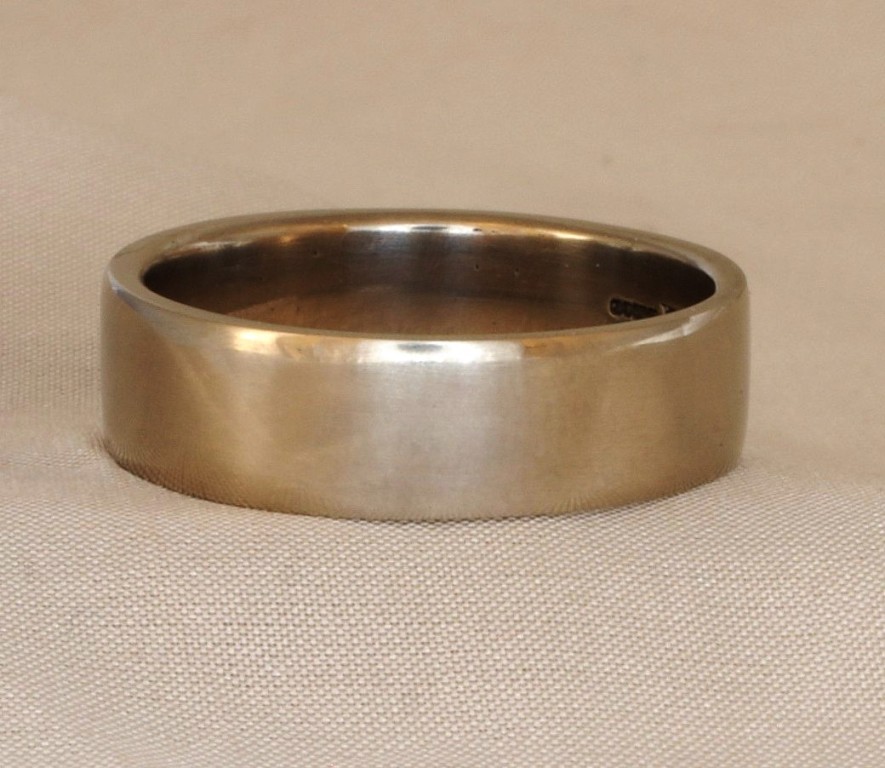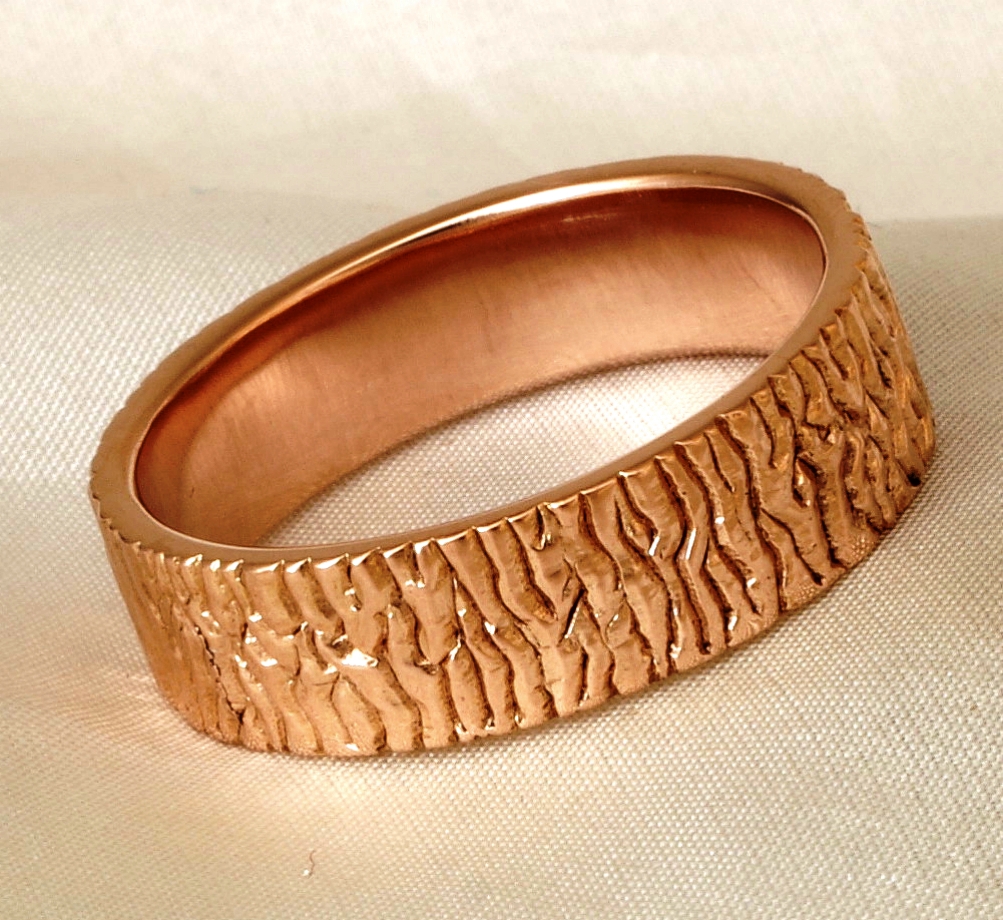GOLD AND PRECIOUS METALS
There are a surprising array of precious metals, it’s not just gold and platinum wedding rings that are available! We only tend to think about gold (yellow and red) and white metals (silver, platinum, palladium and white gold) but in truth it is much more subtle than that. The various metals and alloys have quite different colours and properties.
We think of the metals representing different seasons. Spring is the pale yellow of 9ct white gold and summer the brightness of yellow gold. Autumn is the rich brown of 14ct and 18ct white gold with winter being the grey of palladium. Platinum wedding rings suits everyone and red gold often suits those with paler skin, and redheads. Think about this and how you dress yourself when choosing a metal.
You can see some examples of our wedding rings here.
GOLDS
Gold is mixed into a number of different alloys to produce different colours and properties.
24ct Pure Gold
Pure gold (24ct) is rich, orange yellow and quite soft. It is rarely used for jewellery as it’s not quite durable enough for regular wearing. The colour can also be a bit too rich for most people. We have a theory that it used to be more popular before the age of cheap flights and fake tan as it clashes slightly with tanned light skin. However it looks excellent on very pale or much darker skin. 22ct is very similar, but slightly harder and generally used in its place in jewellery.
18ct White Gold
18ct white gold is a mixture of gold, silver and palladium. The colour is a rich dark brown which particularly suits people who wear autumnal colours or have olive skin and brown hair/eyes. It is subtle but still has that feeling of 18ct gold, which is a nice combination. This alloy tends to be sold rhodium plated, but as the plating wears off, the colour change can be quite significant. We usually sell it unplated.
WHITE METALS
Silver
Silver is the whitest of the precious metals and, if anything, is very slightly yellow. It is also the cheapest by far, which means, as a designer, you have the scope to play around with it. Making bigger, chunkier items is possible without worrying about the cost. However, as it can’t be made into low carat alloys like gold can, it is quite soft. This can make it unsuitable for wedding rings. Silver slowly darkens with oxidisation, but if worn it should keep its shine. It’s usually sold at 92.5% purity (sterling silver) as pure silver is really too soft.
Palladium
Palladium used to be popular as a more affordable alternative to platinum, especially for chunkier men’s rings. However in the past few years unfortunately the price has quadrupled. The colour is a fairly dark, gun-metal grey, which has quite a modern feel. Palladium tends to suit people with an understated look who wear wintery colours. It also works on people with dark hair and blue eyes. The metal properties can make it difficult to work with, but it casts well. The standard jewellery purity of palladium is 95%.
Platinum
Platinum is very hard and deliciously heavy, with a light grey colour that polishes up beautifully and keeps its shine well. It is the whitest of the more precious metals without the rhodium plating. There is a lot of prestige to platinum and it brings a certain gravitas. Diamonds look fabulous as the whiteness stands out in it. It is the most glamorous and felt to be the most valuable, although pure gold has at times been more expensive.
Rhodium
Rhodium is a very hard metal used for electro-plating onto white gold. The colour is nearly as light as silver and slightly colder. The finish is beautiful, and looks great in shop windows. However the downside is that it wears off over time, often just a few months, which can be a nasty surprise. We think this can make a wedding ring feel more impermanent, so we don’t use it that often.













